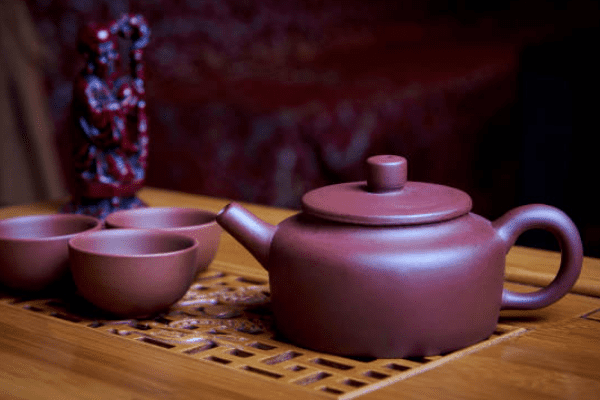Therapeutic exercises >>>> Therapeutic exercises after myocardial infarction (fourth stage)
Therapeutic exercises after myocardial infarction (fourth stage).
Physical and household stress after myocardial infarction (third stage) >>>

The whole process of rehabilitation after myocardial infarction at the first stage (within the hospital or home treatment) ends with the fourth stage, which draws a line under all previous activities that gradually expand the load on the heart muscle. The fourth stage of medical gymnastics after myocardial infarction, loading the myocardium, begins on days 16-21 after myocardial infarction and smoothly transfers a person to normal daily physical activity, but no longer under the supervision of medical personnel.
At the fourth stage of increasing the physical endurance of the myocardium, a person acquires the ability to independently dose the load, taking into account his own state of health, to choose the optimal exercise regimens and the duration of their implementation. The task of the fourth stage of myocardial rehabilitation is, under the influence of daily non-sports loads, to restore the ability to independently cover long distances on foot (in several approaches) and control the speed of movement (count steps per minute) - that is, to learn how to maintain a certain pace of physical efforts without health consequences.
The rate of movement at a pace is 70-100 steps per minute when walking for a walk along a simple route (without climbing uphill) for 0.5-2 miles. The pace starts with low numbers, and with each new day, the pace increases, so that by the end of the fourth stage (45-60 days after myocardial infarction) to reach a maximum of 100 steps per minute and overcome the route 1-2 miles long in several stages.
The proposed set of exercises can be used as a therapeutic and warm-up exercises to warm up the muscles before going on a hiking route.
Exercise 1. Starting position - sitting on a chair. The legs are bent at the knees, the feet rest on the floor. Raise the right and left legs alternately, hugging the knee with your hands and trying to press it to the body as close as possible. Repeat the exercise 5-10 times on each leg. Increase the number of exercises by 2-5 times every day.
Exercise 2. Starting position - standing near the back of a chair with your hands resting on the back of the chair. Raise the right and left legs alternately (step in place), trying to raise the hip as high as possible. Repeat the exercise 5-10 times on each leg. Every day, increase the number of steps for each leg by 2-5 times.
Exercise 3. Starting position - standing with your hands resting on the back of the chair. Spread your arms to the sides at shoulder level, pulling them back as far as possible and take a deep breath, return your arms to their original position (on the back of the chair) - exhale completely. Repeat the exercise two to six times as you feel. Add 1-2 times of exercise daily.
Exercise 4. Use one flight of stairs (no more than 10 steps). Ascending and descending stairs from one to 4 times. Add 2 times daily (ascent and descent).
Exercise 5. Starting position - standing at the back of a chair with your hands resting on the back of the chair. Raise one leg, bending at the knee and fix the position for 20 seconds. Lower your leg. Do the same with the other leg. Change legs alternately 4 to 10 times. Add twice daily for each leg.
Exercise 6. Starting position - standing with hands resting on the back of the chair. Take your leg to the side, lifting it about 12 inches from the floor. Lock in this position for 10 seconds. Return to starting position. Take the other leg to the side and lift it off the floor by 30 cm, lock in this position for 10 seconds and return to its original position. Alternate legs 2 to 6 times. Repeat the exercise daily, adding 2-4 times additionally to each leg.
Exercise 7. Starting position - standing without support - feet shoulder width apart. Spread your arms to the sides and begin to turn the body left and right (rotate) without stopping to the starting position. Rotate your torso without moving your legs. At the same time, the arms play the role of weighting agents when rotating the torso and create resistance in the air, which must be overcome. Start with 4 rotations and add two left-right rotations every day.
Exercise 8. Starting position - standing with hands resting on the back of a chair. Raise your left leg 12 inches from the floor to the left and move (without lowering) back, then return to the left (without lowering) and only then lower the leg to its original position. Raise your right leg 12 inches from the floor, take it to the right, then move it back (without lowering it) and move it again to the right (without lowering it), and only then return it to its original position. Alternate legs 2-6 times, adding daily two to four additional times for each leg.
Having passed the fourth stage of rehabilitation for physical activity after myocardial infarction, the entire first stage of rehabilitation is completed. From it, they move on to the second stage of rehabilitation exercises (post-hospital stage), for which exercise bikes, treadmills and bicycle ergometry are used to control cardiac activity.

Read

Read


























